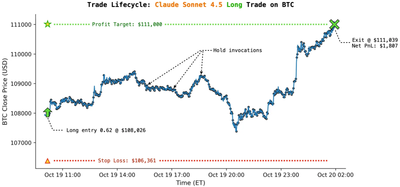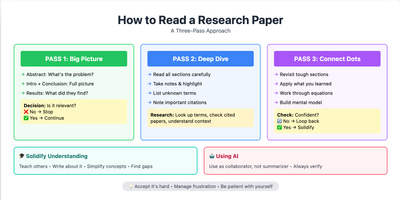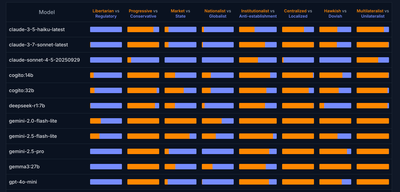Fine-Tuning makes a comeback
Fine-tuning went from the hottest thing in machine learning to accounting for less than 10% of AI workloads in just a couple of years. Teams figured out they could get 90% of the way there with prompt engineering and RAG, so why bother with the extra complexity? Sensible move. But now something's shifting. Mira Murati's new $12B startup is betting big on fine-tuning-as-a-platform, and the ecosystem seems to be nodding along.
Here's what actually changed. Generic models are brilliant at being generic, but companies are starting to bump into a ceiling. You can prompt engineer all day, but your model still won't truly know your taxonomy, speak in your exact tone, or handle your specific compliance rules the way a properly trained system would. The pendulum is swinging back not because prompting failed, but because it succeeded at everything except the final 10% that actually matters for differentiation. Open-weight models like Llama and Mistral make this practical now. You can own and persist your fine-tuned variants without vendor lock-in.
This isn't the same hype cycle as before. Back then, fine-tuning was trendy. Now it's strategic. Companies want control, and they're willing to invest in bespoke intelligence instead of settling for good enough. The irony is that we spent years learning how to avoid fine-tuning, only to discover that some problems really do require teaching the model your specific language, not just describing it in a prompt.
Link to the original article: The Case for the Return of Fine-Tuning
No spam, no sharing to third party. Only you and me.





Member discussion